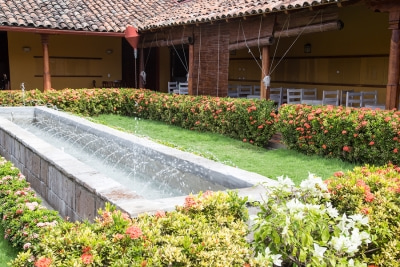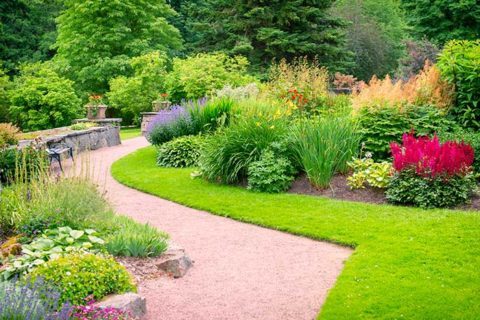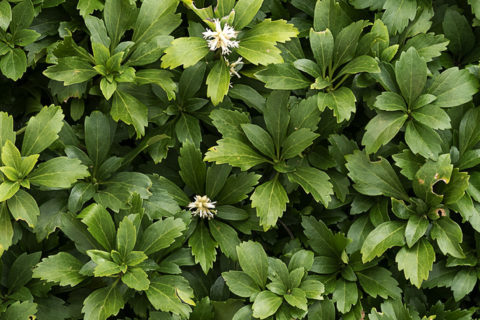THE ELEMENTS OF COLONIAL LANDSCAPE DESIGN
Of the many garden landscaping themes that there are to choose from, colonial-style is a popular option for homes in the Northeast. If you plan to hire a landscape architect in Westchester County to remodel your garden with a colonial theme, then continue reading to learn what elements are traditional in this type of landscape design.
Plants
The original colonial gardens would have included plants that were native to America, as well as those that had been brought over from England. Some popular ornamental options for these gardens include boxwood, hydrangea, daylily, rose, iris, hollyhock, and dianthus. Herb gardens are a particularly popular element for this type of landscape design, and they often feature options like lavender, anise, borage, chamomile, calendula, dill, chives, mint, wormwood, and rosemary.
Fencing
Fences are a critical element for creating these gardens because colonial law demanded that fences measuring at least 4½ feet high were installed around each property. While public buildings were usually enclosed by brick walls, private properties typically featured picket, rail, or post fences.
Hardscaping
While planning your colonial landscaping, you should rule out the use of cement because stone was the traditional hardscaping material for these gardens. Instead, consider using flagstone, slate, brick, or stone pavers. If you choose to go ahead with stamped concrete, then select an option that closely resembles natural stone.
Décor
Some popular decorative elements to include in your colonial garden include arbors, stone walls, sundials, and fountains. Also, consider planting a large tree or 2, which were commonplace in colonial neighborhoods.
Design
Colonial gardens were frequently designed with function and ease-of-use in mind. For this reason, they were usually divided into 4 quadrants with paths running between them. Also, bear in mind that these gardens were typically made symmetrical to match the home. However, you can make your garden design more welcoming by using flowing walkways that gently curve, rather than perfect squares and rectangles. Finally, colors and architectural elements should be repeated throughout your landscape design to give it a cohesive appearance.



